Air/Oil Tandem Actuators: A Control-Emphasized Solution
By Travis Haynes, Application Engineer, PHD, Inc.
As automation expands across a variety of industries, the performance required of actuators becomes more diverse in terms of loading and speed. In some situations, it can be difficult to determine whether pneumatic or hydraulic actuators are the optimal choice. Air/oil tandem actuators are a compromise that can provide characteristics of both pneumatic and hydraulic operation.
In cases where lighter payload capacity or force output is needed, pneumatics may be preferred due to low operational costs. Pneumatic actuators may also be able to cycle faster than hydraulic units. However, the compressible nature of air limits how well the speed of pneumatic actuators can be controlled. Additions such as flow controls can help through metering the exhausting air, but erratic motion can still result from operating pneumatic actuators at low speeds.
Since liquids are virtually incompressible, hydraulic actuators can be operated reliably at lower speeds with smooth motion. This controlled operation lends itself to better energy handling. Hydraulic actuators can also be supplied with greater pressures, producing more force than pneumatic counterparts. In most cases, however, hydraulic operation requires greater initial and operational costs than pneumatic options.
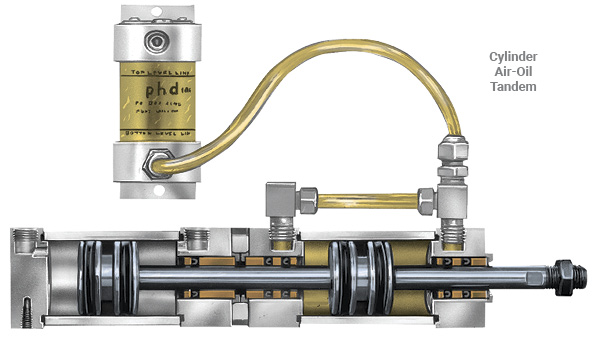
Some applications require a combination of pneumatic and hydraulic benefits, pointing to air/oil tandem units as the ideal option. These tandem units are pneumatically operated, providing modest force output at an efficient cost. The inclusion of oil results in motion resembling that of a hydraulic unit, allowing greater speed adjustability and controlled motion. By incorporating both air and oil, tandem units eliminate disadvantages that come from using purely pneumatic or hydraulic options.
For linear motion, an air/oil tandem cylinder would be used. The construction resembles two cylinders that are joined head-to-cap with a common piston rod. The bore of one cylinder is pneumatically driven to extend and retract the piston rod. The head and cap of the other cylinder are plumbed together, and the bore is filled with oil. As the rod extends or retracts, the oil flows from one side of the piston to the other. This results in consistent linear speed and evenly applied force through the entire stroke. An air/oil tandem cylinder can be useful in vertical stroke applications where gravity could cause excessive acceleration of a load being lowered and eliminate the need for an external stopping method.
Rotational motion can also benefit from the inclusion of oil. The construction of an air/oil tandem rotary actuator is a double-rack rotary with a cap that connects the two bores on one side of the pinion. This configuration only achieves the torque of a single-rack rotary as one side of each rack is used for oil communication.
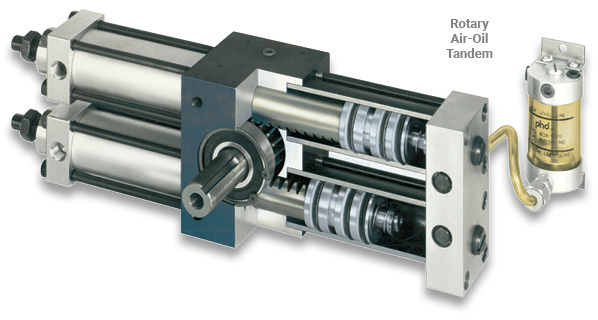
As a rack is pressurized, the oil flows from one bore to the other via the shared cap. The torque is applied evenly through the rotation, resulting in consistent rotational speed. This smooth motion is ideal for rotations in the vertical plane in which the load’s center of gravity passes over the pinion. An air-only rotary used in this case could experience compression of the exhausting air when the mass descends, resulting in undesirable acceleration of the load and a high-energy impact. The introduction of oil avoids the compressibility issue and is a viable alternative to using a rotational counterweight.
Integrated flow controls and check valves provide the ability to set the speed in each direction of travel of an air/oil tandem unit. An oil reservoir is used to ensure a constant supply of oil to the actuator. Retaining a pressure head to the oil reservoir prevents improper displacement of oil and retains the oil within the tandem unit. The oil portion of the actuator must be properly bled before use as air trapped within the oil could result in the sporadic motion that an air/oil tandem unit is used to avoid.
The addition of oil into a pneumatically driven unit is a cost-effective option to eliminate issues that may arise from the compressible nature of air. Air/oil tandem actuators are ideal when pneumatic operation and force output must meet the speed control and steadiness of hydraulics.

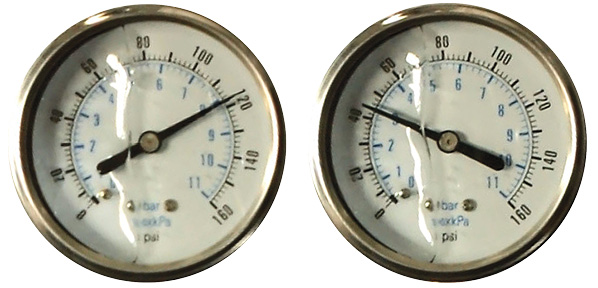

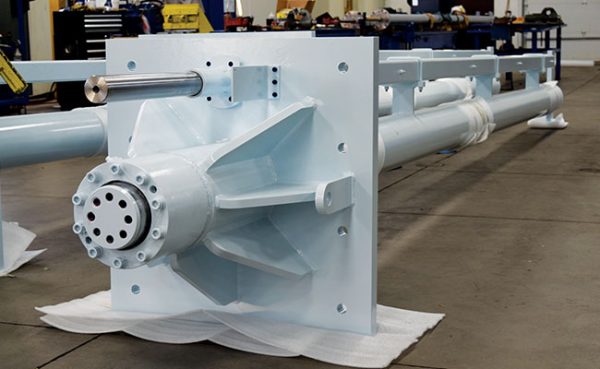

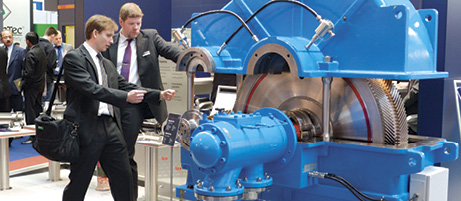
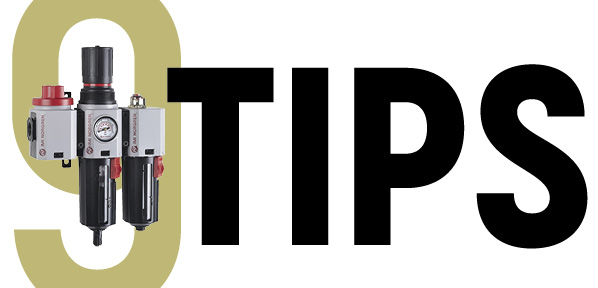

Very good write up depicting how they work and where they would be most beneficial to use according to the situation or the behavior required. Gives me some ideas on some processes we could benefit from using air/oil cylinders in our tube benders. One drawback of the tandem cylinders is the increased overall length in comparison to the amount of stroke that you receive. I suppose there are trade-offs with just about everything; can’t have the best of both worlds all the time.
Very good write up! There are a few processes that we do that could benefit from using an air/oil type cylinder to reduce the force of gravity acting on our pneumatic cylinders. Only draw back would be the added size of the unit to add the extra stroke of the cylinder for an oil chamber.